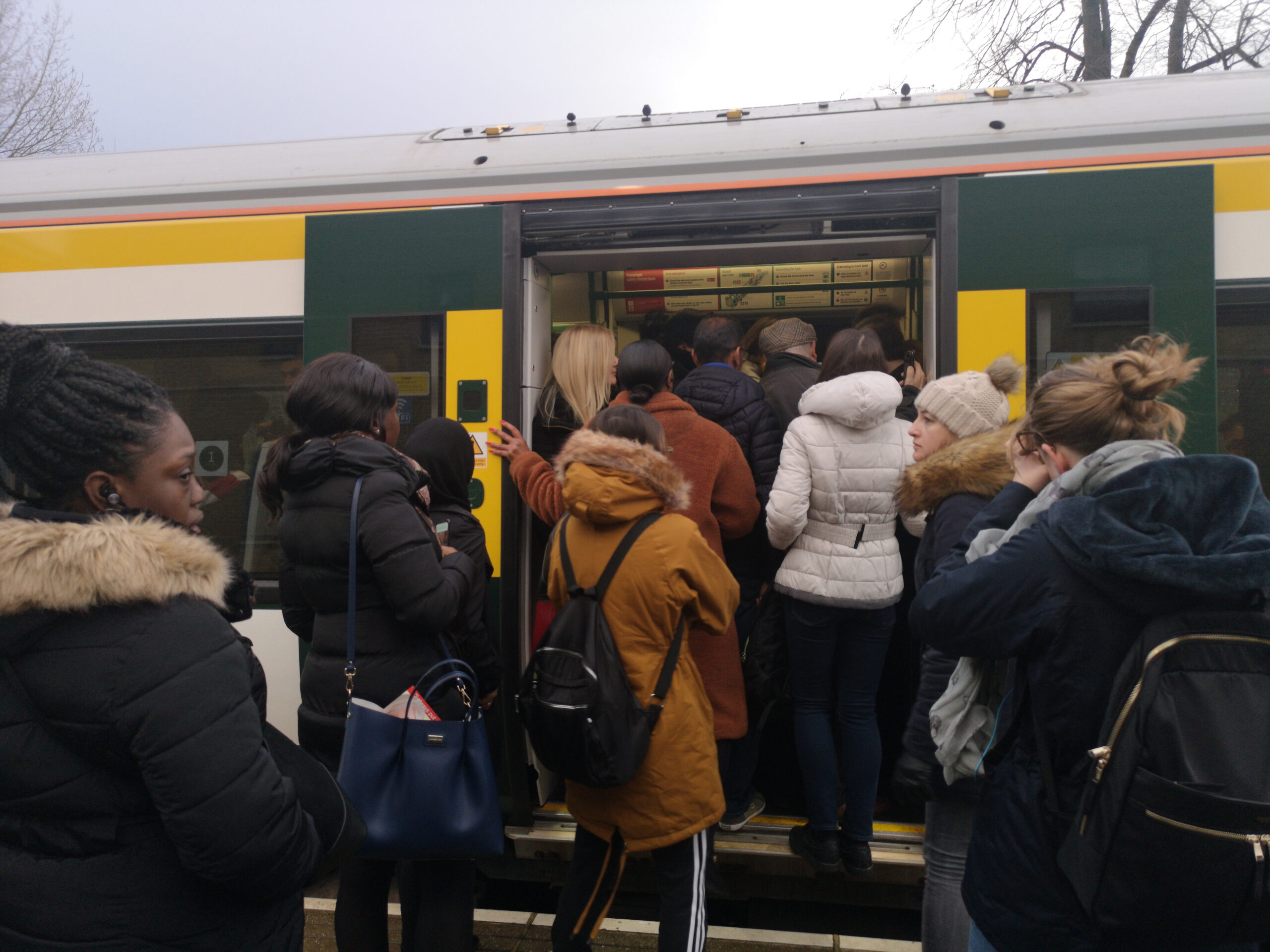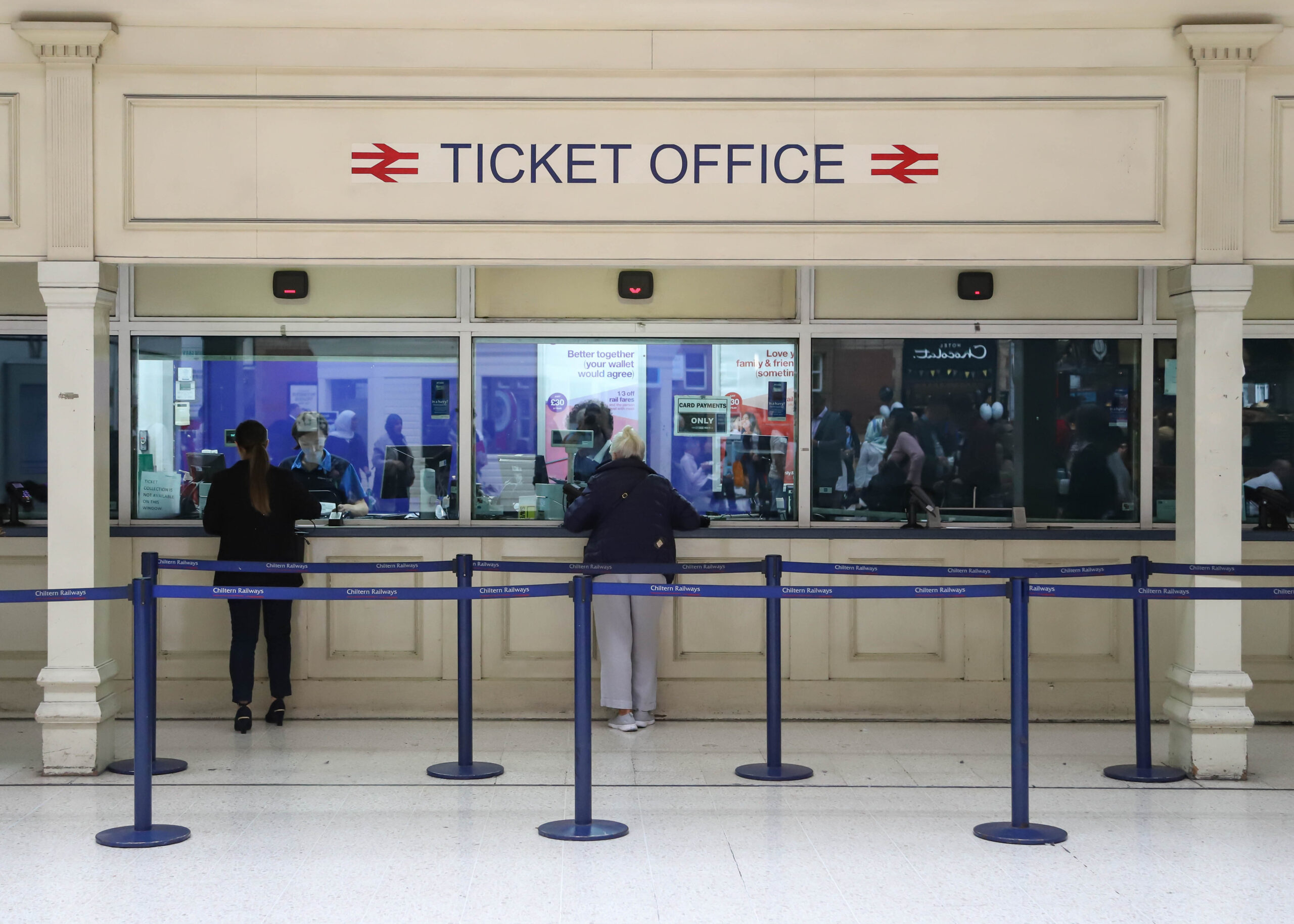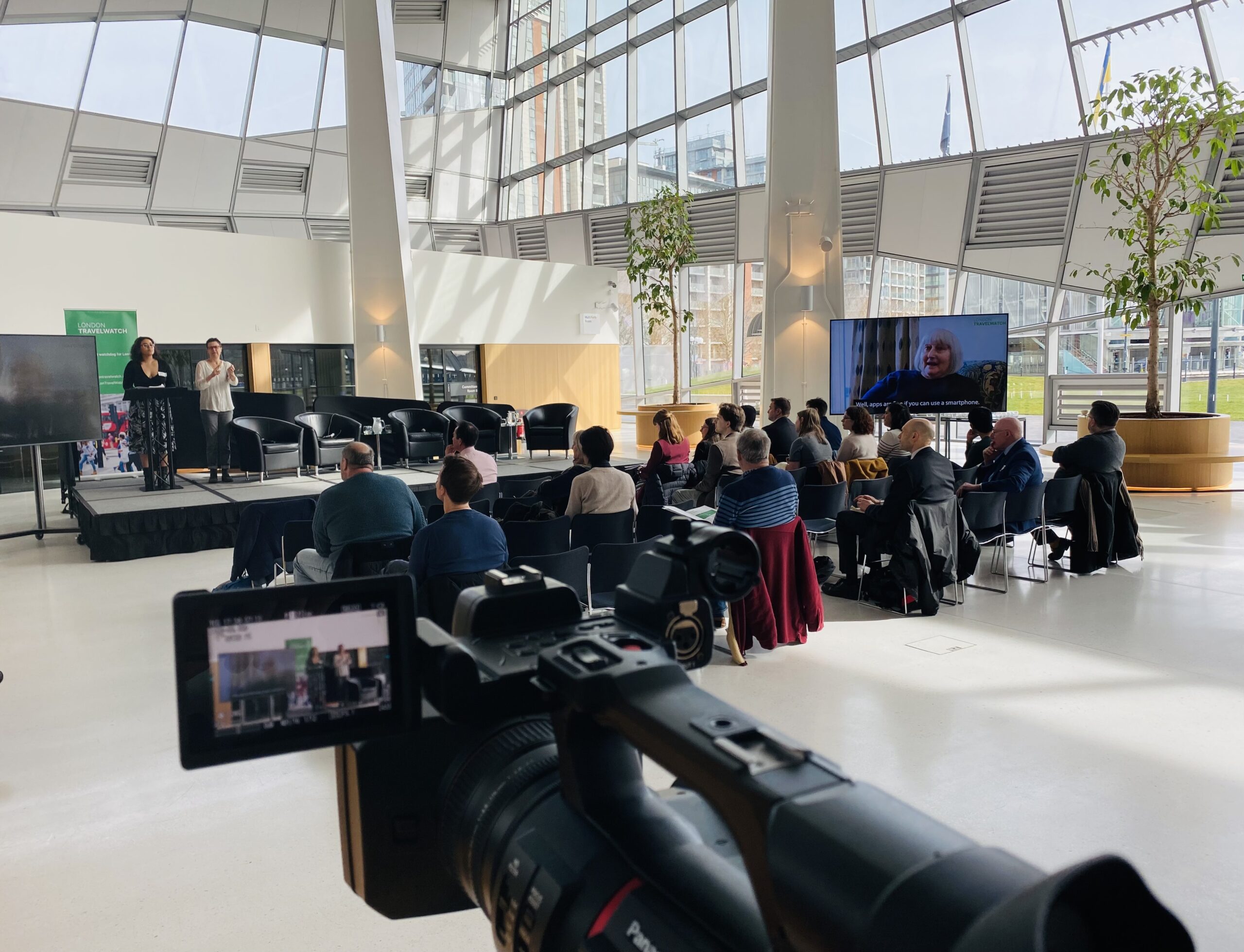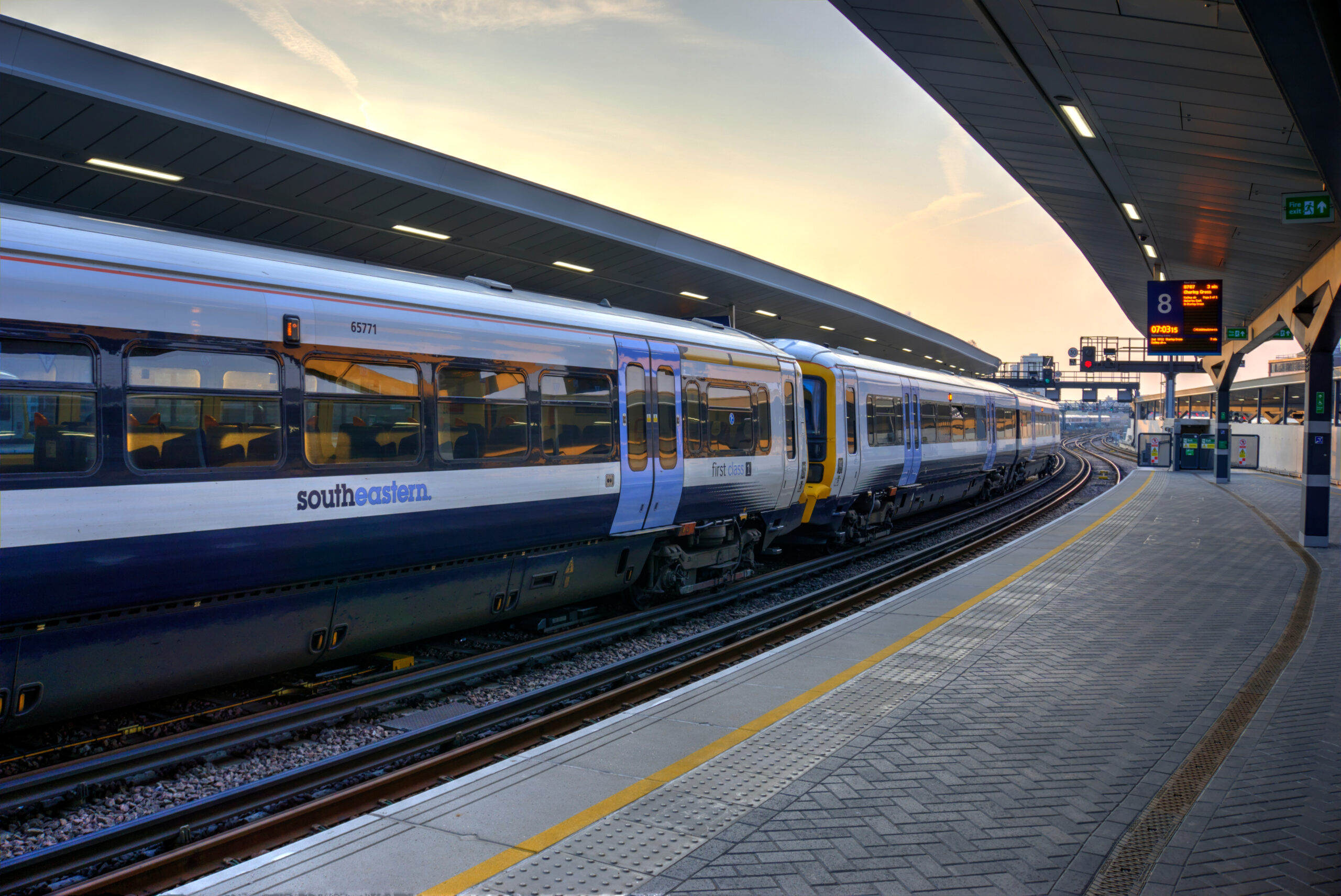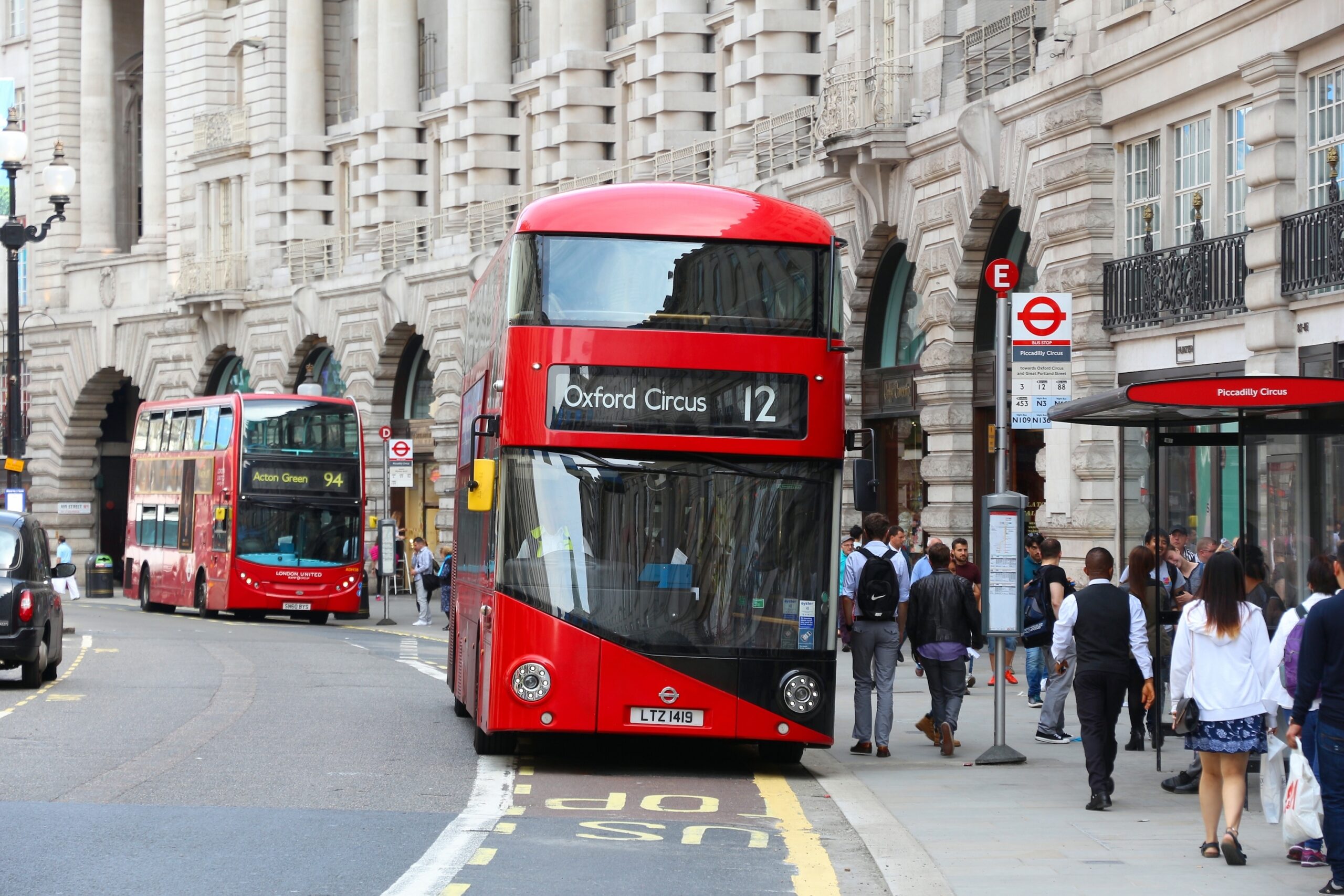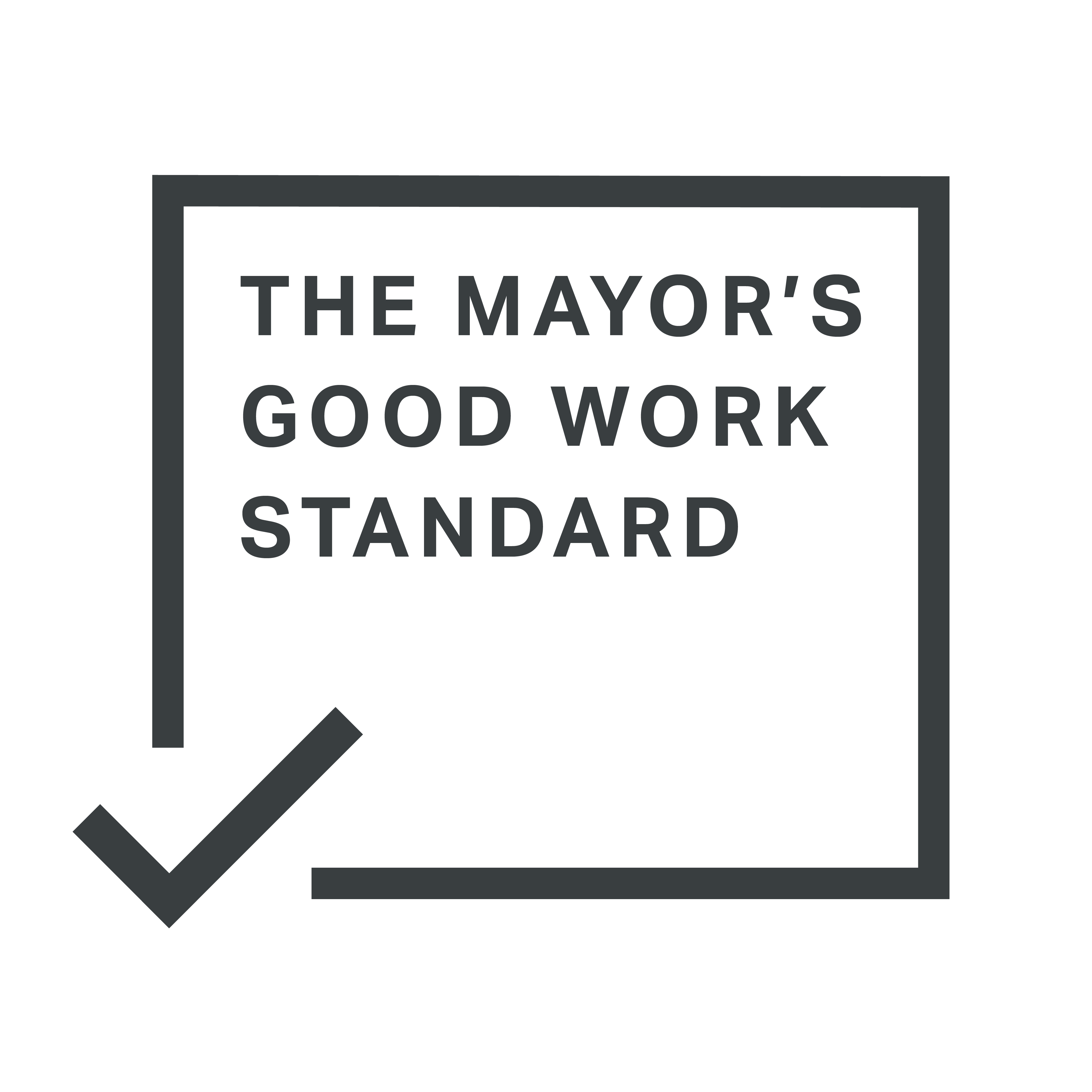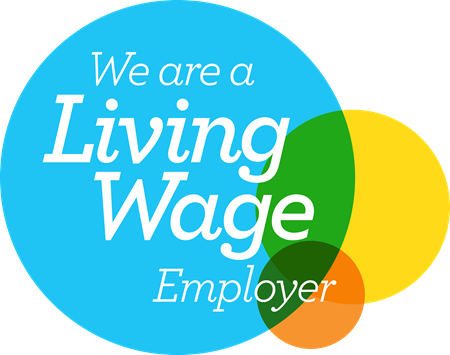17 February 2022
Over the last few weeks, we’ve been noticing buses, trains and Tubes start to fill up again following the relaxing of the work from home guidance from the Government. It hasn’t been a deluge, but it has made many start to wonder – will there be enough space for everyone? And will people returning to commuting after nearly two years be willing to put up with crowding as they did pre-pandemic, particularly if Covid-related rail service cuts become the norm and TfL comes under pressure to reduce bus and Tube services to save money?
When it comes to commuting, some new patterns may be starting to emerge; many people travelling for work seem to be avoiding Mondays and Fridays and there has been a surge in leisure demand, with a similar number of journeys being taken at weekends and during the evening as before the pandemic.
With the rail industry dependent on Government funding and having received £16bn over the past two years to keep services going, much has been written about the need to cut costs and one of the ways to do this (along with reducing staff and closing ticket offices) is to reduce the frequency of trains.
TfL has warned that even if it has enough money to keep services running, their much publicised ‘managed decline’ scenario could still lead to reductions in the frequency of buses and potentially Tube cuts too. But as we’ve pointed out, it is counterproductive to make cuts before more people have had the opportunity to return to the office, as cuts now will put off people who may be deciding whether or not to return to, or try public transport for the first time.
Overall train passenger satisfaction seems to be holding up according to Transport Focus’ recent surveys but with more people in and around London dependent on the train, it is not particularly surprising to see that most London train companies score worse than those in other parts of the country when it comes to satisfaction with crowding[1].
Transport Focus’ National Rail research last year[2] found that ‘having enough space on board, either sitting or standing’ was the first priority for passengers. Before the pandemic, passengers in London and the south east were particularly dissatisfied about crowding on trains, and it seems that post-pandemic, the idea of crowding is even more undesirable and even unacceptable to many.
The Williams-Shapps review concedes that pre-pandemic, ‘a third of trains nationally were late in 2019/20 and punctuality had barely improved in the previous five years’[3]. The rail industry is suggesting that fewer services may actually make trains more reliable and the experience during the pandemic is that reliability has increased due to fewer trains, but this is due to lower passenger numbers as well. In our recent research[4] people were sceptical about this and those who are currently served by four trains an hour were worried about this number halving and the potential crowding and wait if one of the two trains an hour was cancelled.
In our recent research, suburban users felt that the rail system can ‘fray at the edges’ – offering them less reliability and fewer options than people in urban areas. Train companies and ultimately the new Great British Railways organisation need to act on these fears or potentially lose thousands of passengers who will vote with their feet if they can, and continue to work from home.
We’ve been in touch with train companies to ask them to keep the frequency of trains under review – if particular routes are overcrowded and some journeys are difficult to make, they will need to put on more trains, or make existing trains longer. They will need to be more flexible than ever about amending timetables – whatever future trends emerge it is unlikely that we will ever go back to the traditional 9-5 commute five days a week. Pre-Covid, many of us had only worked from home occasionally and we were viewed by train companies as a ‘captive market’ but the pandemic has shown what is possible. There is definitely no room for complacency if they want to provide a service for the future that people will want to use.
[1] Transport Focus Rail Satisfaction Survey February 2022 https://d3cez36w5wymxj.cloudfront.net/wp-content/uploads/2022/02/08175602/Rail-User-Weekly-Survey-train-operator-results.pdf
[2] Return to rail: what do passengers want? – Transport Focus 2021
[3] Williams-Shapps Plan for Rail 2021 p13
[4] London TravelWatch rail research 2022 (unpublished)

